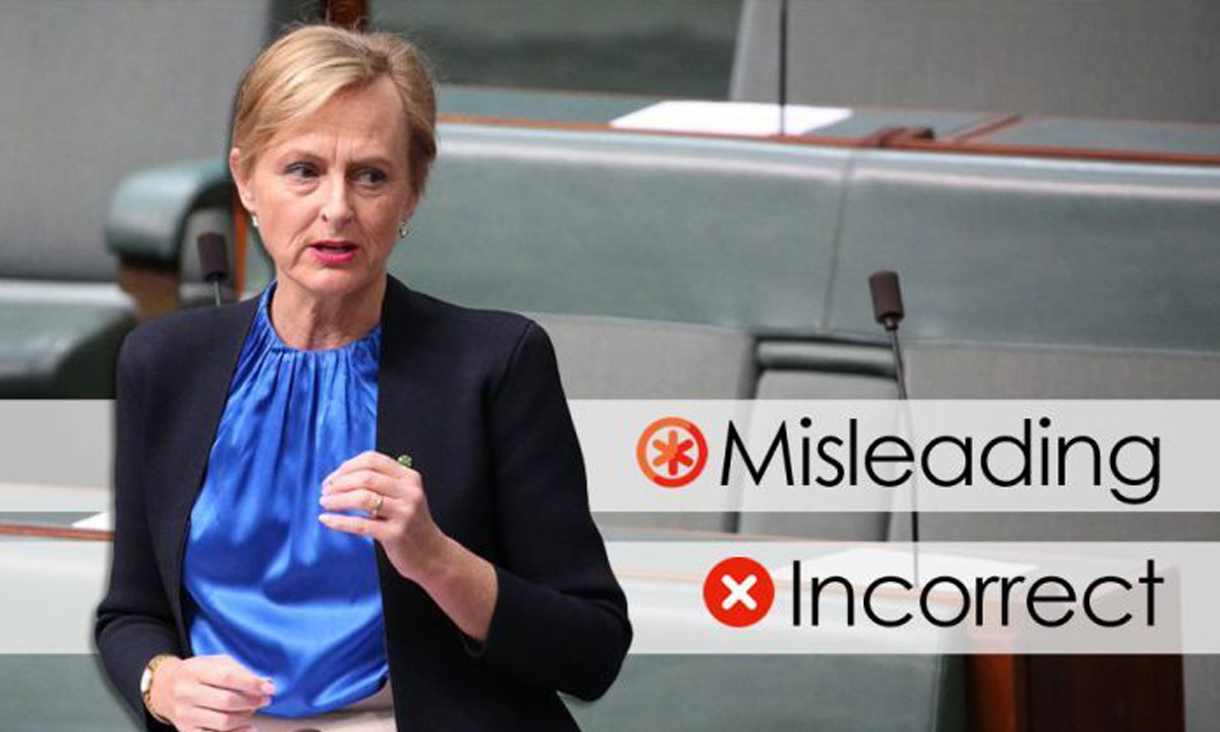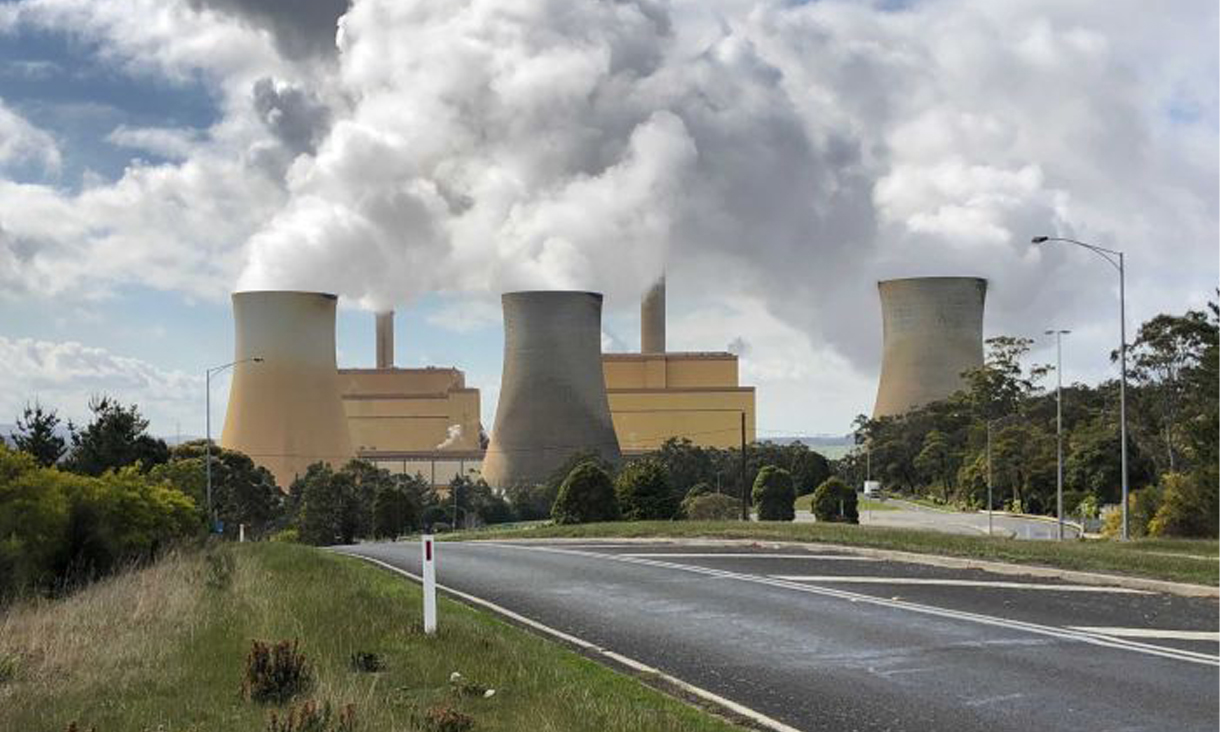The claim
Greenhouse gas emissions, and whether they are going up or down, is once more at the centre of debate.
Liberal MP Katie Allen entered the fray when she told ABC TV that the Coalition Government had "done a great job" reducing emissions.
Ms Allen was immediately accused of lying by Labor's Pat Conroy, who said she was "factually wrong" because emissions had, he claimed, risen every year since 2014.
"They have fallen since 2005," she said in response. "They are the lowest they have ever been."
Is Ms Allen correct in claiming emissions have fallen since 2005, and that they are the lowest they have ever been? RMIT ABC Fact Check investigates.
The verdict
Ms Allen's first claim, that emissions have fallen since 2005, is misleading and her second claim, that emissions are the lowest they have ever been, is incorrect.
In the year to June 2005, Australia's total greenhouse gas emissions were 610.6 million tonnes of carbon dioxide-equivalent, according to the latest government data available. (The Australian Government uses financial years when reporting emissions under its international agreements).
Since then, annual emissions have fluctuated, reaching 537.8 million tonnes in the year to June 2018 (the latest comparable full year).
By the March quarter of 2019, annual emissions had risen to 538.9 million tonnes.
While emissions are now lower than they were in 2005, they are nonetheless at their highest annual rate since the year to June 2012.
Experts told Fact Check it was misleading to claim "emissions have fallen since 2005" since this implies emissions have fallen continuously.
Australia's most authoritative database of greenhouse gas emissions dates back as far as 1990, the base year for Kyoto Protocol calculations.
It shows that in 2017 financial year, the latest full year for which data is available, net carbon dioxide-equivalent emissions stood at 530.8 million tonnes (530,840.90 giga-grams, as measured in the database).
These emissions are not the lowest they have ever been, as Ms Allen claims, since emissions were as low as 489.7 million tonnes (489,688.83 giga-grams) in 1995.








